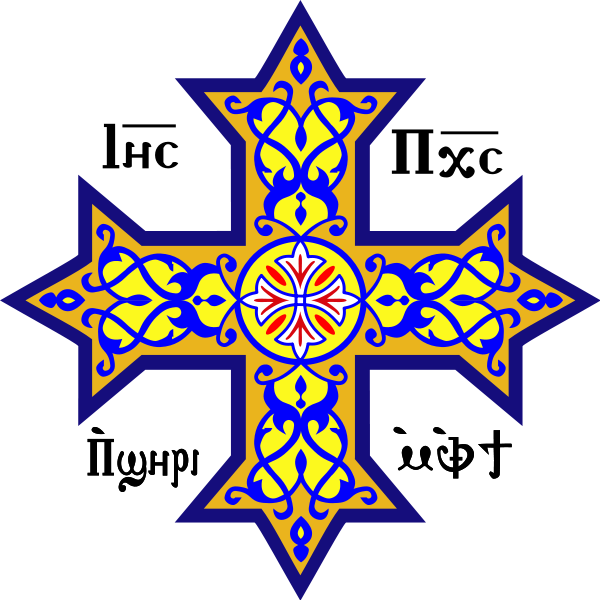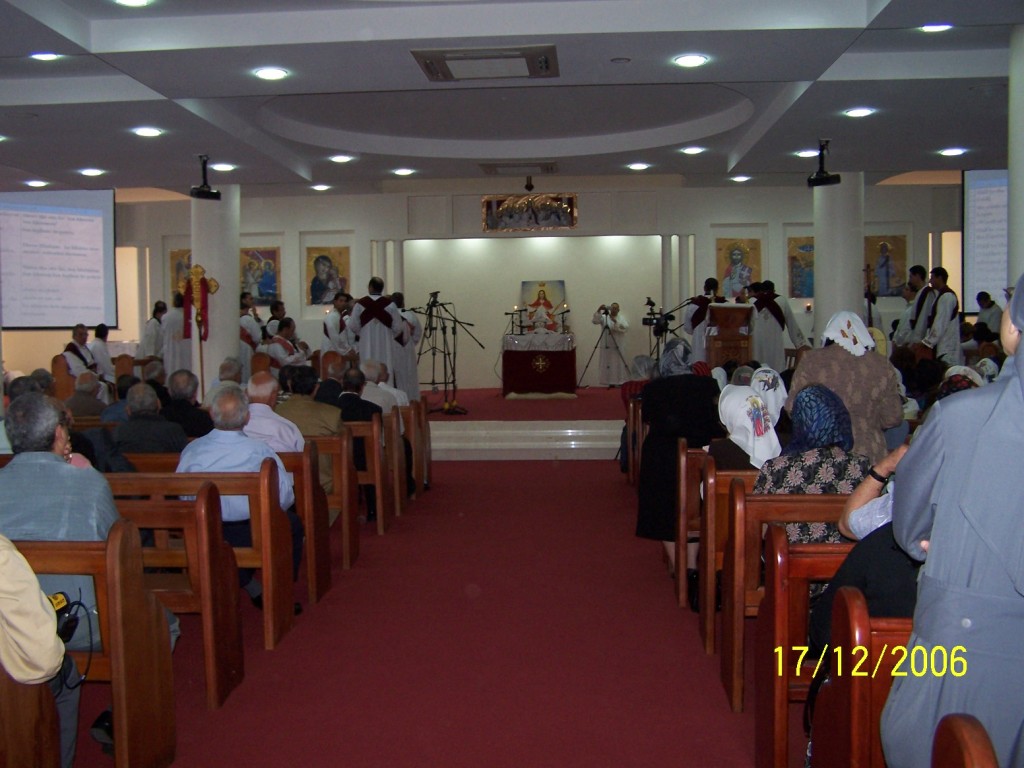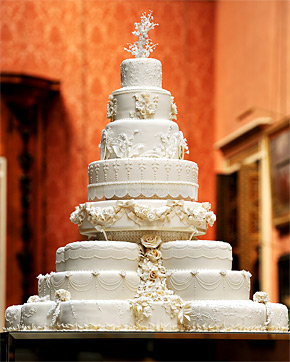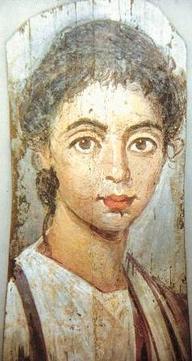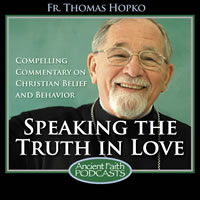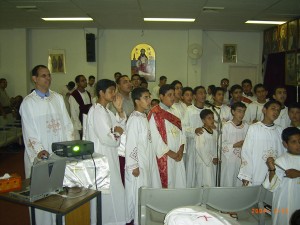Fr Peter Farrington of the British Orthodox Church wrote a very important article in the Glastonbury Review about the history of Protestant missions in Egypt and their influence on the Coptic Orthodox Church, one of many resources now available on this fascinating period of Coptic history. While the main gist of Fr Peter’s article describes the low view the British missionaries had of the Coptic Church of the day, (some even considered Copts to be on a par with Muslims in their ignorance of the Christian faith!) he also describes the willingness of the Coptic clergy of the time to benefit from the help of the Europeans, even to the extent of sending candidates for the priesthood to seminaries run by the Protestants to train them in theology. This shows an admirable ecumenism on the part of the Coptic decision-makers, but it also reflects one of the darker trends in Coptic Church history over the past two centuries.
The trend I am talking about is the tendency to associate Western Christianity with advanced Western civilisation, and therefore to see both as something superior to aspire to. What this means today is that due to this historical phenomenon, patchy though it has been both in time and place, the Coptic Orthodox Church has adopted some worrying aspects of Western Christianity, and forgotten that they are foreign innovations. The same thing happened in the Eastern Orthodox family, a phenomenon they call the ‘Western Captivity’, echoing the Babylonian captivity of the Hebrew people. But the Eastern Orthodox have experienced an inspiring revival of ancient, patristic and apostolic thought over the past hundred years or so, mainly through the brave work of scholars such as Vladimir Lossky and Alexander Shmemann, that has gradually purified their theology from the Western innovations and restored it to something much closer to that of the ancient Church. In the Coptic Orthodox Church, there have always been those who have delved deeply and honestly into this matter and come out with much the same results as the Eastern Orthodox revival, but until recently, they were not influential in the Church. They published their views in scholarly journals like The Coptic Church Review, Coptologia and the Glastonbury Review, the learned journal of our affiliated British Orthodox Church, or in the mammoth masterpiece, the eight volume Coptic Encyclopedia, but for the most part their work was ignored in parishes and Sunday School classrooms. I rejoice to see the winds of revival finally blowing through the corridors of the Coptic Orthodox Church, a trend I believe is being tactfully supported by HH Pope Tawadros II. Continue reading “Being Orthodox 1: Introduction”
